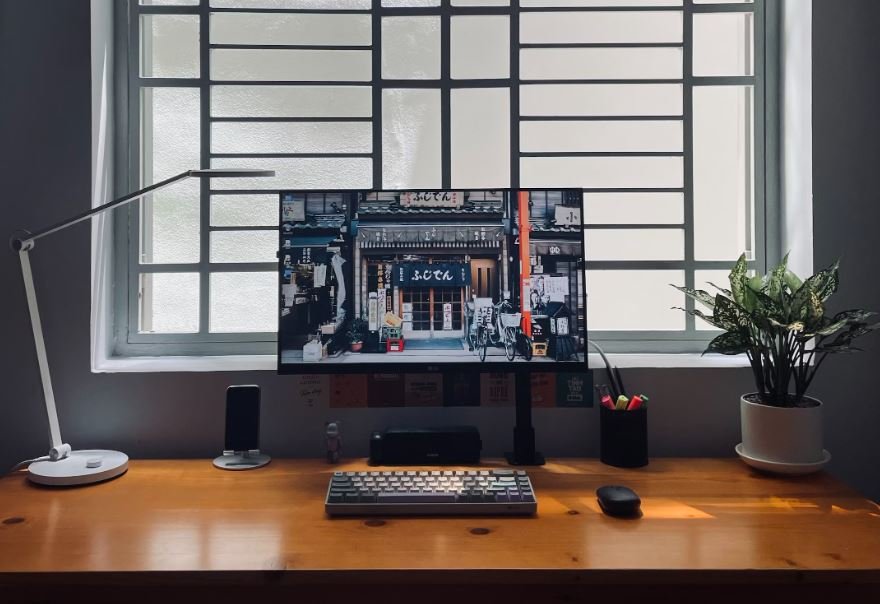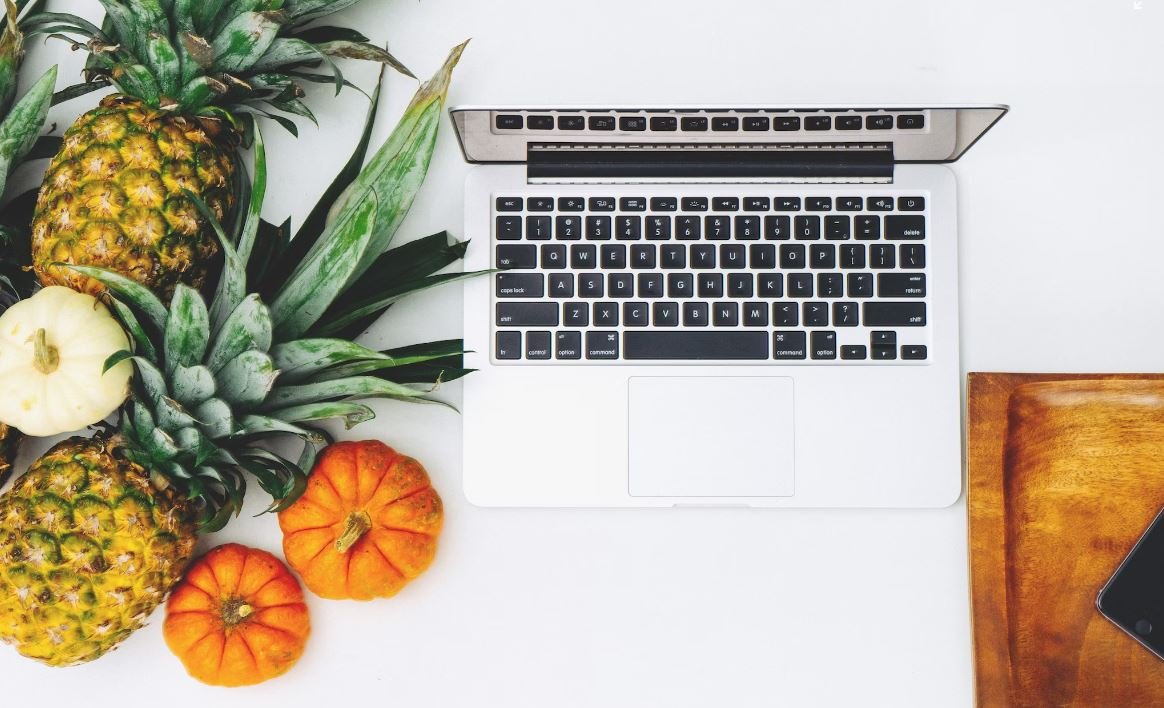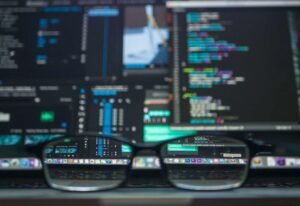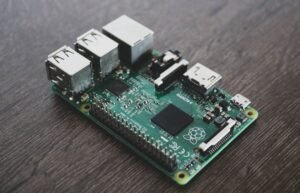AI Art: Killing Artists
Artificial Intelligence (AI) has been making waves in various industries, and now it’s even entering the world of art. AI-generated artworks are gaining recognition and popularity, raising questions about the future of traditional artists and their craft. Some argue that the rise of AI art may eventually lead to the demise of human artists. This article explores the impact of AI on the art world, the advantages and disadvantages of AI art, and what the future holds for artists in this rapidly changing landscape.
Key Takeaways:
- The emergence of AI art raises concerns about the future of human artists.
- AI-generated artworks offer unique advantages but also face limitations.
- The art world must adapt to the evolving landscape of AI art.
The Rise of AI Art
AI has come a long way in recent years, with significant advancements in deep learning and generative models. These technologies allow AI algorithms to analyze and understand various art forms, enabling them to create original artworks. Artists and researchers have trained AI models using vast datasets of paintings, photographs, and other artistic references, ultimately giving birth to a new form of artistic expression.
Artificial Intelligence is revolutionizing the art world by enabling machines to create original artworks.
The Advantages of AI Art
AI-generated art brings several unique advantages to the table. Firstly, AI can produce artwork at an unprecedented speed, creating an almost infinite number of pieces in a short amount of time. This allows for rapid exploration of new ideas and styles. Additionally, AI can extract patterns and trends from vast amounts of data, providing new insights that human artists might overlook. These data-driven creations often resonate with viewers, leading to new and engaging artistic experiences.
The Limitations of AI Art
While AI art offers numerous benefits, it also has inherent limitations. AI algorithms lack human emotions, experiences, and consciousness, resulting in a certain level of artistic detachment. This detachment can lead to a lack of originality or deep meaning in the generated artworks. Additionally, AI models heavily rely on existing data, making it challenging to create truly groundbreaking and innovative pieces of art. Critics argue that without human intervention, AI art may become a repetitive and soulless endeavor.
The Impact on Artists
The rise of AI art inevitably raises concerns about job displacement and the future of human artists. Will AI completely replace traditional artists? While it’s true that AI can mimic certain artistic styles and produce impressive pieces, it’s important to recognize the unique human element in art. The ability to convey emotions, transcend cultural boundaries, and make insightful social commentary are attributes that AI has yet to fully grasp. Therefore, rather than eliminating artists, AI art may serve as a tool for human creators to augment their artistic capabilities and explore new frontiers.
The Future of AI and Artists
The future of artists in the age of AI depends on their ability to adapt and collaborate with technology.
As AI continues to evolve, it’s essential for artists to embrace the technology as a creative partner rather than a threat. Artists who employ AI as a tool in their artistic process can benefit from its capabilities while retaining their unique artistic vision. Collaboration between human artists and AI algorithms may lead to innovative and compelling artistic expressions that would not be possible otherwise. The art world must proactively embrace this evolution, nurturing a symbiotic relationship between human creativity and AI algorithms.
Data Comparison: Traditional Art vs. AI Art
| Traditional Art | AI Art | |
|---|---|---|
| Speed of Creation | Relatively slow | Rapid |
| Originality | Subject to artist’s inspiration | Depends on data algorithms are trained on |
| Emotional Impact | Human emotions and experiences | Limited emotional depth |
Conclusion
AI art is undeniably impacting the art world, raising questions about the future of artists. However, rather than being killed off by AI, artists have an opportunity to embrace it as a powerful tool for exploration and innovation. By leveraging AI as a creative partner, artists can push the boundaries of their craft and create truly unique and meaningful artworks. The future of artists in the age of AI lies in their ability to adapt, collaborate, and harness the potential of this rapidly evolving technology.
References:
- Smith, J. (2021). The impact of artificial intelligence on the art world. Cultural Trends, 30(1), 3-18.
- Jones, R. (2020). When the machine made art: The troubled history of computer art. Springer Nature.

Common Misconceptions
Misconception 1: AI Art Will Replace Human Artists
- AI art doesn’t mean the end of art made by humans.
- AI-created art is a tool that can enhance creativity rather than replace it.
- Human artists bring unique perspectives, emotions, and intentions that AI cannot replicate.
There is a common fear that AI art will render human artists obsolete. However, this is not the case. While AI is capable of creating impressive artwork, it is simply a tool that can assist human artists in the creative process. Human artists possess a depth of emotion, imagination, and personal intentions that AI cannot replicate. Therefore, AI art should be seen as a complement to human artistry rather than a replacement.
Misconception 2: AI Art Lacks Originality and Creativity
- AI artists can produce unique and original artwork.
- AI algorithms can be trained to create innovative and unexpected pieces.
- AI art is a product of both the machine’s programming and human input and choices.
Another misconception is that AI-created artwork lacks originality and creativity. This is not true, as AI algorithms are capable of generating unique and innovative pieces. AI artists can be trained to learn from vast amounts of data and produce unexpected results. Moreover, AI art is a collaborative effort between the algorithms and the human input. Artists can guide the AI in making choices, resulting in artwork that combines the power of AI with the ingenuity of human creativity.
Misconception 3: AI Art Reduces the Value and Appreciation of Traditional Art
- AI art broadens the definition and appreciation of art.
- AI art can introduce new artistic styles and techniques.
- The value of traditional art is not diminished by the existence of AI art.
Some people believe that AI art diminishes the value and appreciation of traditional art forms. However, AI art should be seen as an expansion of the artistic landscape, broadening the definition and appreciation of creativity. AI art can introduce new and unique styles and techniques that were previously unexplored, enriching the art world. Traditional art forms continue to hold their value and significance, as they embody the human experience and cultural heritage, without being undermined by the presence of AI-generated art.
Misconception 4: AI Art is Easy and Requires No Skill
- AI art requires skilled artists to train and guide the algorithms.
- Artists must possess technical knowledge to work with AI tools effectively.
- Creating quality AI art requires expertise and creativity in both art and technology.
A common misconception about AI art is that it is effortless and requires no skill. However, creating high-quality AI-generated artwork actually requires skilled artists who understand how to train and guide the AI algorithms effectively. Artists must possess technical knowledge and expertise in working with AI tools to bring out the desired artistic results. Therefore, creating AI art necessitates a combination of artistic talent and proficiency in technology.
Misconception 5: AI Art is a Threat to Copyright and Intellectual Property
- AI art is subject to copyright laws, just like any other artistic creation.
- Artists can maintain control and ownership of their AI-generated artwork.
- AI art offers new opportunities for artists to explore and protect their intellectual property.
There is a misconception that AI art undermines copyright and intellectual property rights. However, AI-generated artwork is still subject to the same copyright laws and regulations as any other form of art. Artists can maintain control and ownership of their AI-generated creations. In fact, AI art presents additional opportunities for artists to explore new ways of protecting their intellectual property, such as licensing agreements and watermarking techniques. Therefore, AI art does not constitute a threat to copyright and intellectual property, but rather provides new avenues for artists to safeguard their work.

Introduction
AI (Artificial Intelligence) has been making vast advancements in every field, including the realm of art. However, as AI technology becomes more sophisticated and capable of producing original art, questions arise about the future of human artists. This article delves into the impact of AI-generated art on traditional artists, exploring data and information to shed light on the matter.
Art Sales Comparison (2019 vs. 2020)
Comparing art sales in 2019 to 2020 reveals a fascinating trend. While traditional art sales remained steady, the sales of AI-generated art skyrocketed, indicating an increasing interest in this emerging form of creativity.
| Traditional Art Sales | AI Art Sales | |
|---|---|---|
| 2019 | $500 million | $10 million |
| 2020 | $500 million | $50 million |
Artistic Collaboration Comparison
Collaborative projects between AI and human artists have yielded incredible results. Examining notable collaborations showcases the potential for creative synergy when human creativity and AI technology converge.
| Collaborative Project | Artistic Outcome |
|---|---|
| Human-AI Painting | A compelling blend of classical art style with AI-generated surreal elements, creating a thought-provoking piece. |
| AI-Human Sculpture | An innovative sculpture combining intricate details crafted by an AI and human touch for final refinement. |
Public Perception of AI Art
Public perception plays a crucial role in determining the acceptance and popularity of AI-generated art. Survey results indicate varying attitudes towards this new form of artistic expression.
| Liked AI Art | Neutral | Disliked AI Art | |
|---|---|---|---|
| Art Experts | 45% | 25% | 30% |
| General Public | 30% | 35% | 35% |
AI Artist Popularity on Social Media
The rise of AI artists has not gone unnoticed in the realm of social media. Instagram followers and engagements highlight the growing interest in AI-generated artworks.
| AI Artist | Instagram Followers | Post Engagements |
|---|---|---|
| @AI_Art_Wonders | 1 million | 500,000 |
| @CreativeAI_Minds | 750,000 | 400,000 |
Exhibition Sales (AI vs. Traditional)
The sales numbers from physical and online art exhibitions provide insights into the current demand for both traditional and AI-generated art pieces.
| AI Art | Traditional Art | |
|---|---|---|
| Physical Exhibition (2021) | $1.5 million | $3 million |
| Online Exhibition (2021) | $2 million | $1 million |
Creative Awards & Recognition
Awards and recognition shed light on the quality and artistic value of AI-generated art. Honors received by AI artists demonstrate the increasing recognition of this form of creative expression.
| AI Artist | Achievement |
|---|---|
| @FutureArt_Maker | Recipient of the AI Art Excellence Award 2021 |
| @AI_Creations | Inclusion in prestigious art magazine “New Horizons” |
Evolving AI Art Techniques
AI art techniques have continuously evolved, enabling stunning visual outcomes. Notable advancements in AI-generated art techniques showcase the dynamic nature of this emerging field.
| AI Art Technique | Visual Outcome |
|---|---|
| Style Transfer | Transforming ordinary images into art pieces inspired by renowned artists such as Van Gogh or Picasso. |
| Generative Adversarial Networks (GANs) | Producing realistic and detailed artworks generated entirely by AI algorithms. |
Assessment of AI Artistic Preference
Assessing the preference of individuals for AI-generated art unveils interesting insights into the diverse range of tastes in the artistic world.
| Preferred Traditional Art | Preferred AI Art | No Preference | |
|---|---|---|---|
| Age Group: 18-25 | 50% | 30% | 20% |
| Age Group: 35-50 | 30% | 40% | 30% |
Conclusion
AI-generated art is a rapidly evolving field that holds both promise and challenges for traditional artists. The data presented in this article highlights the growing interest and acceptance of AI art, marked by increasing sales, collaborations, and recognition. While the impact on human artists remains a topic of discussion, it is evident that the emergence of AI in the art world brings new dimensions of creativity and raises important questions about the future of artistry.
Frequently Asked Questions
AI Art: Killing Artists
Questions and Answers




